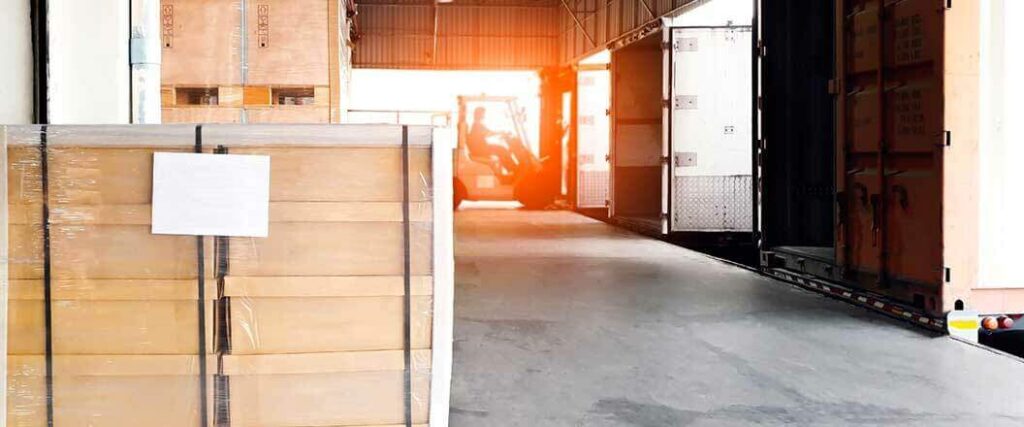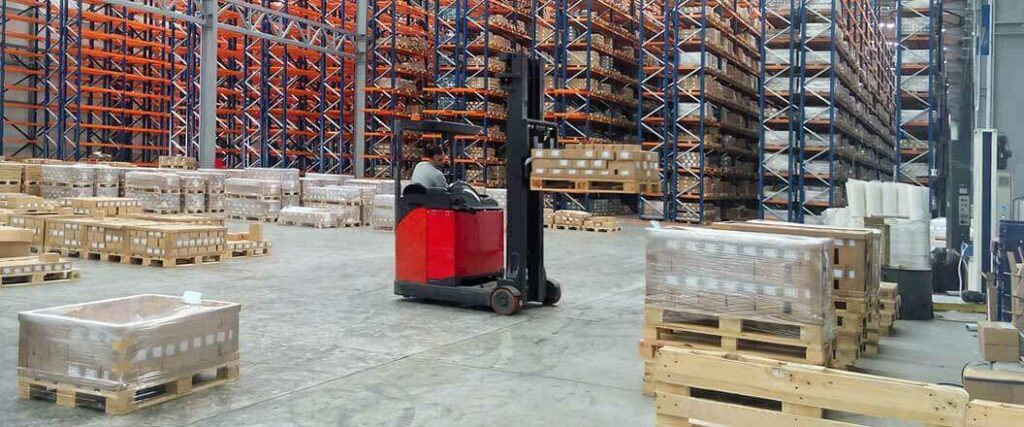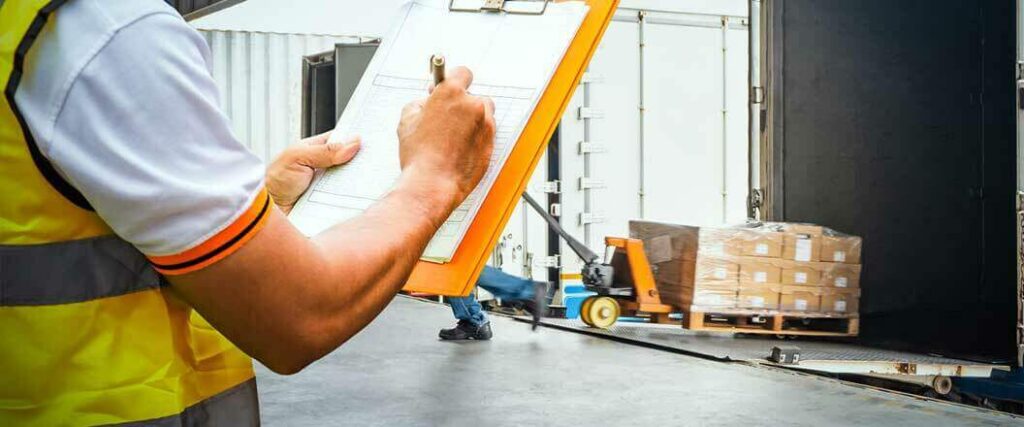
What is a TMF hold? This potential obstacle is faced by many importers based in the USA. While perhaps not as commonplace as other customs holds, it’s still important for importers to know why they occur. Failure to anticipate the possibility of this hold can needlessly delay shipments imported to the U.S.
PierPASS, established by the West Coast MTO Agreement, implements the OffPeak program at the Los Angeles and Long Beach ports to reduce congestion and pollution. To encourage off-peak cargo movement and manage operational costs, a Traffic Mitigation Fee (TMF) is charged for cargo activities during peak hours at these ports.
Find out more about TMF fees and holds, why they occur, and how you can avoid or reduce them.

A TMF (Transaction Mitigation Fee) hold occurs when an imported container’s TMF has not been paid. Depending on which ports you deal with, it’s possible you’ve never even heard of a TMF hold. However, they’re a fact of life at two of the biggest shipping destinations in the USA: the Port of Long Beach and the Port of Long Angeles in California.
To further understand what a TMF hold means for importers, let’s take a closer look at the TMF itself.
Despite seeming like ‘just another fee’, TMFs serve a specific purpose stemming from an equally specific need.
In the early 2000s, the amount of shipments coming into the ports at Los Angeles and Long Beach increased considerably. This led to increased terminal congestion and pollution, as idling drayage trucks sat around waiting to shift cargo between points. In a city already known for dense traffic and poor air quality, this only served to exacerbate things.
As a solution to this issue, the West Coast Maritime Terminal Operators Agreement (WCMTOA) launched the OffPeak program through an organization called PierPASS in 2005.
The goal was to achieve the following:
By assessing the TMF, the OffPeak program generates enough revenue to fund night and weekend shifts handling trucks coming into the ports. This was enough to nearly double port capacities and significantly relieve congestion.

TMFs are fairly consistent, varying only based on container size. The fee is charged based on the size of the container in question. The difference in fees between the two most common sizes is seen in the following table.
| Container Size | Traffic Mitigation Fee |
| Twenty-foot | $35.57 |
| Forty-foot | $71.14 |
Source: pierpass.org
For importers who bring goods in through these ports, this fee applies and will need to be paid before the container in question will be released. It should be figured into the importer’s resale price calculations.
You might wonder why a TMF container hold can occur if this fee is so simple in application. Like any other customs fee, if it’s not paid, the hold goes into place.
There’s only one scenario that leads to a TMF hold at port: failure to pay a TMF in the first place. Resolving this payment isn’t hard, especially compared to many other aspects of the customs process. For importers who bring goods in through affected ports, the TMF is paid through a program called PierPASS.
There are two main PierPASS fees, which are:
If you have a shipment with a TMF hold in Long Beach or Los Angeles, it counts as a PierPASS fee, and must be paid through that site. Once the TMF has been paid, the hold will be released by the terminal.
All importers using these ports will want to set up a PierPASS account to pay these fees as they come up. That being said, savvy importers often look for ways to get around fees and the holds that come with them. Let’s take a look at some ways these holds and fees might be avoided.

Preventing a TMF hold at customs is simple: just pay your TMF in advance via your PierPASS account. If a TMF applies to your shipment, this is the only way to keep a TMF hold from occurring.
Preventing a TMF itself is a different practice all together. If you’re bringing goods into either of the affected ports, the fee itself can’t be avoided. It’s part of what makes the entire setup work well enough to serve importers nationwide. You can avoid it entirely by avoiding the L.A. and Long Beach ports, but that isn’t feasible for many importers.
However, just because you can’t avoid a TMF under some circumstances doesn’t mean you can’t save money elsewhere. With help from an experienced customs broker, you may find you’re spending money you don’t need to. That’s where we come in.
As far as customs fees go, the TMF is mercifully simple: you owe it for using the Los Angeles and Long Beach ports, otherwise it’s a non-issue. As long as you pay your TMF, you won’t experience a TMF hold. With that being said, other U.S. customs procedures are rarely that simple.
When importing gets complicated, USA Customs Clearance is here to help. We offer an extensive range of customs services, including:
No matter what fees or obstacles you encounter, we can help you optimize your import operations. Give us a call at (855) 912-0406 or contact us online today. We have the know-how and resources you need to build your business the right way.
 Copy URL to Clipboard
Copy URL to Clipboard

Google is changing how it surfaces content. Prioritize our high-quality guides and industry-leading coverage in search results by setting usacustomsclearance.com as a preferred source.
Add your first comment to this post